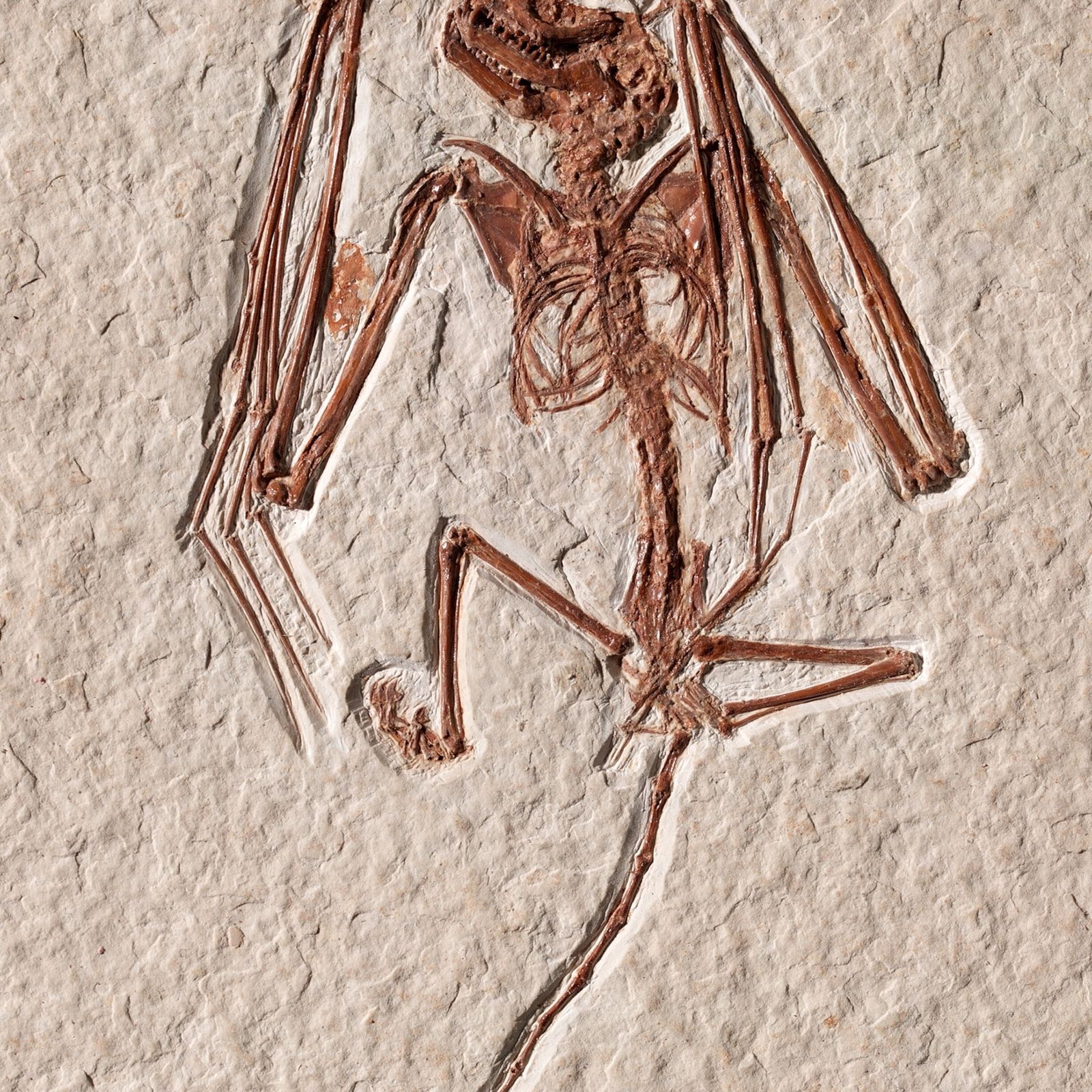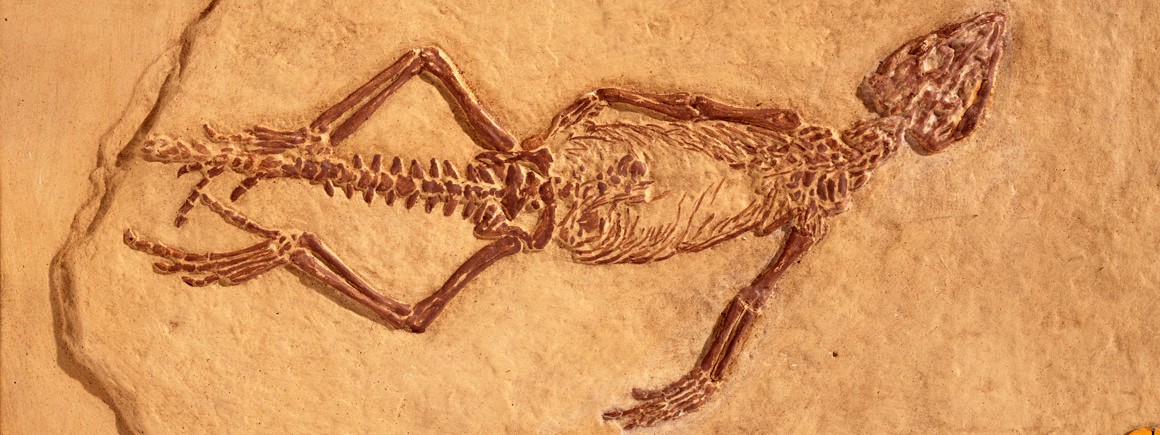The layers at the tip of his tusk had strontium levels that matched the site where he had been unearthed. The researchers then looked at a layer formed a week before his death and searched a geochemical map for places where Kik might have been that had a matching strontium level. The team worked back through time, week after week, piecing together Kik’s whereabouts over the course of his life.
As it turned out, Kik grew up far from the northern reaches where he met his end. When he was a young mammoth, he followed his herd around eastern Alaska. In his adult years, Kik moved widely across central Alaska. And in the last 18 months of his life, he ended up on the north side of the Brooks Range, where he likely died of starvation.
In the new study, published on Wednesday in the journal Science Advances, Dr. Wooller and his colleagues examined Elma’s six-foot-long tusk. Unlike Kik, her remains were found by Chuck Holmes, an archaeologist at the University of Alaska Fairbanks, at the Swan Point archaeological site in Alaska. While Kik died far from people, Elma’s remains ended up in a hunting and fishing camp; she may have been the victim of a hunt.
THIS IS SO COOL


